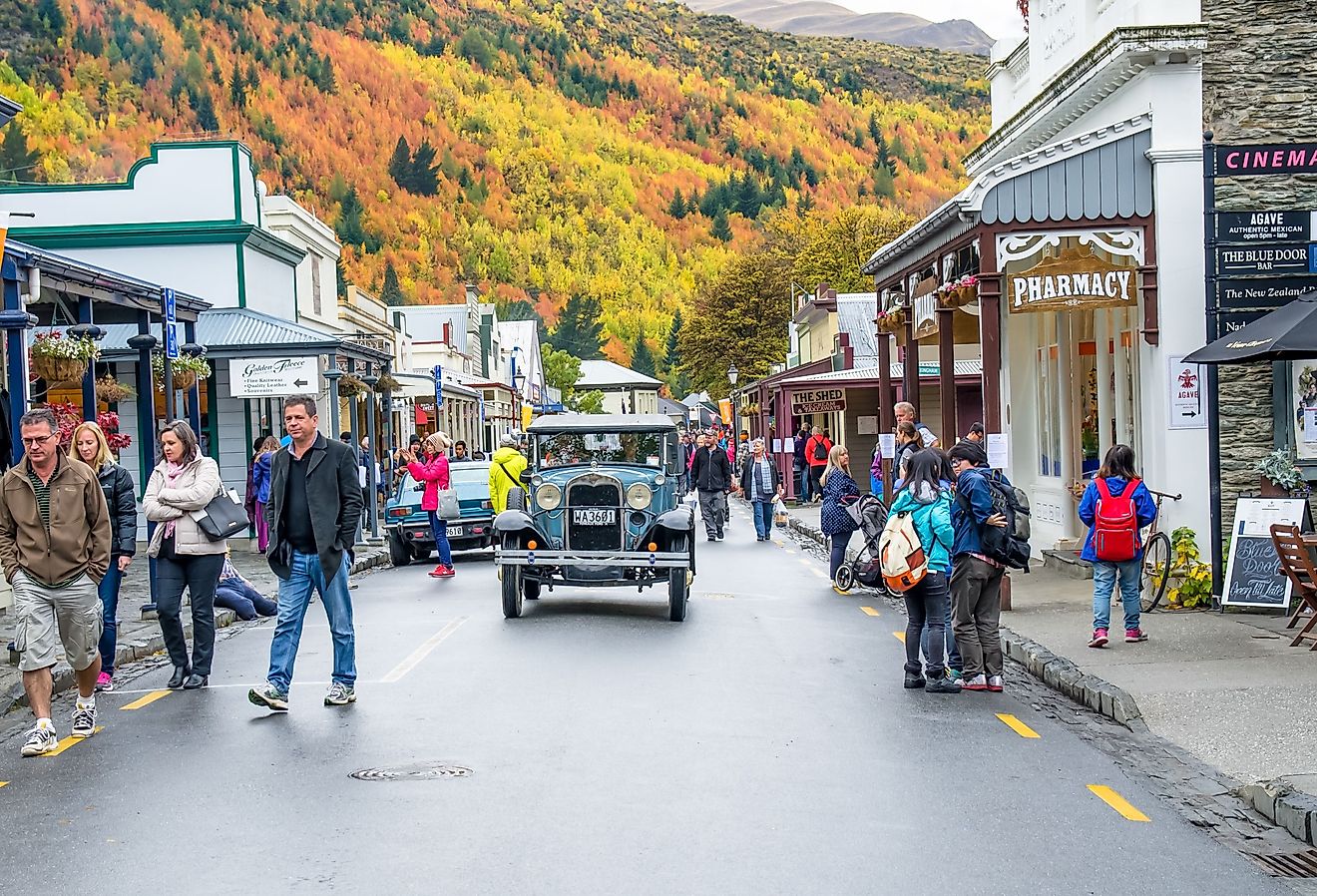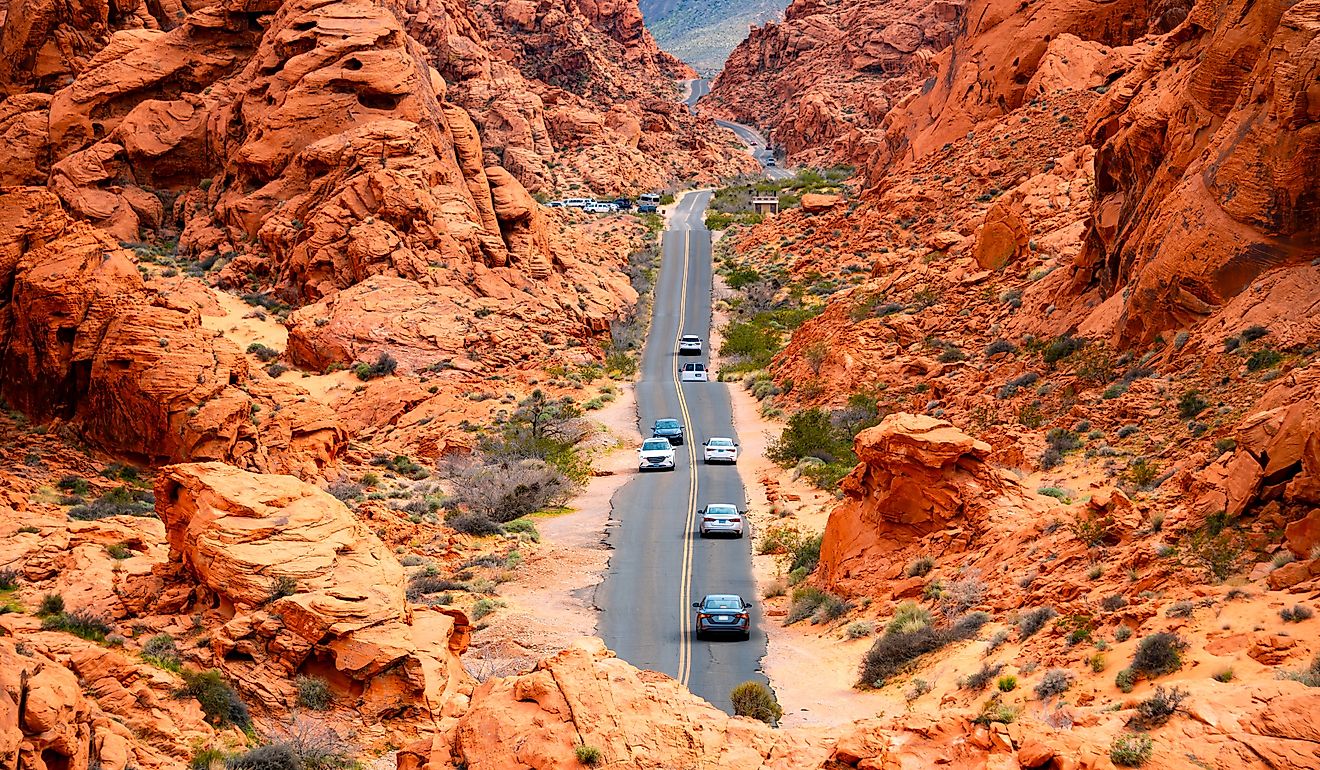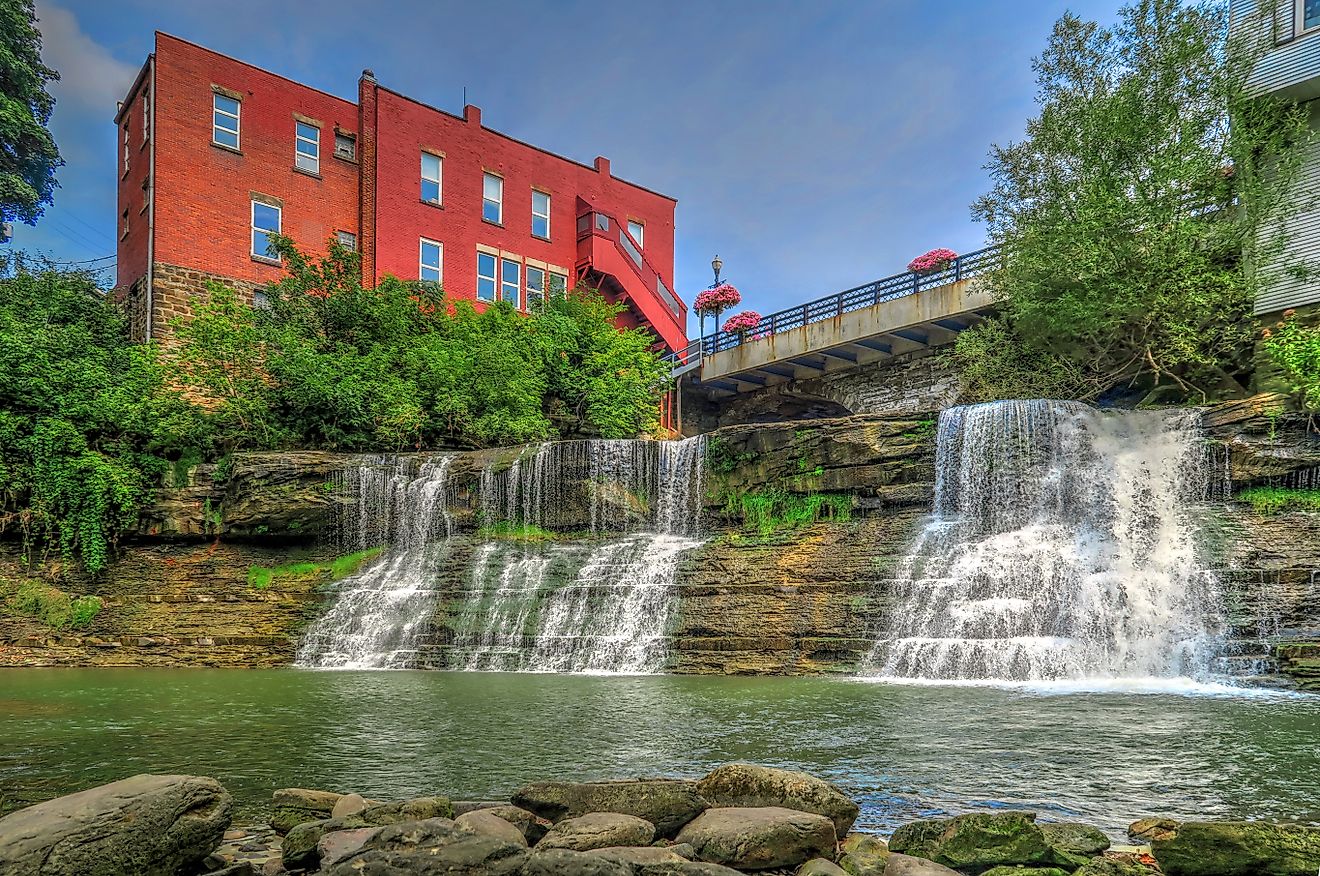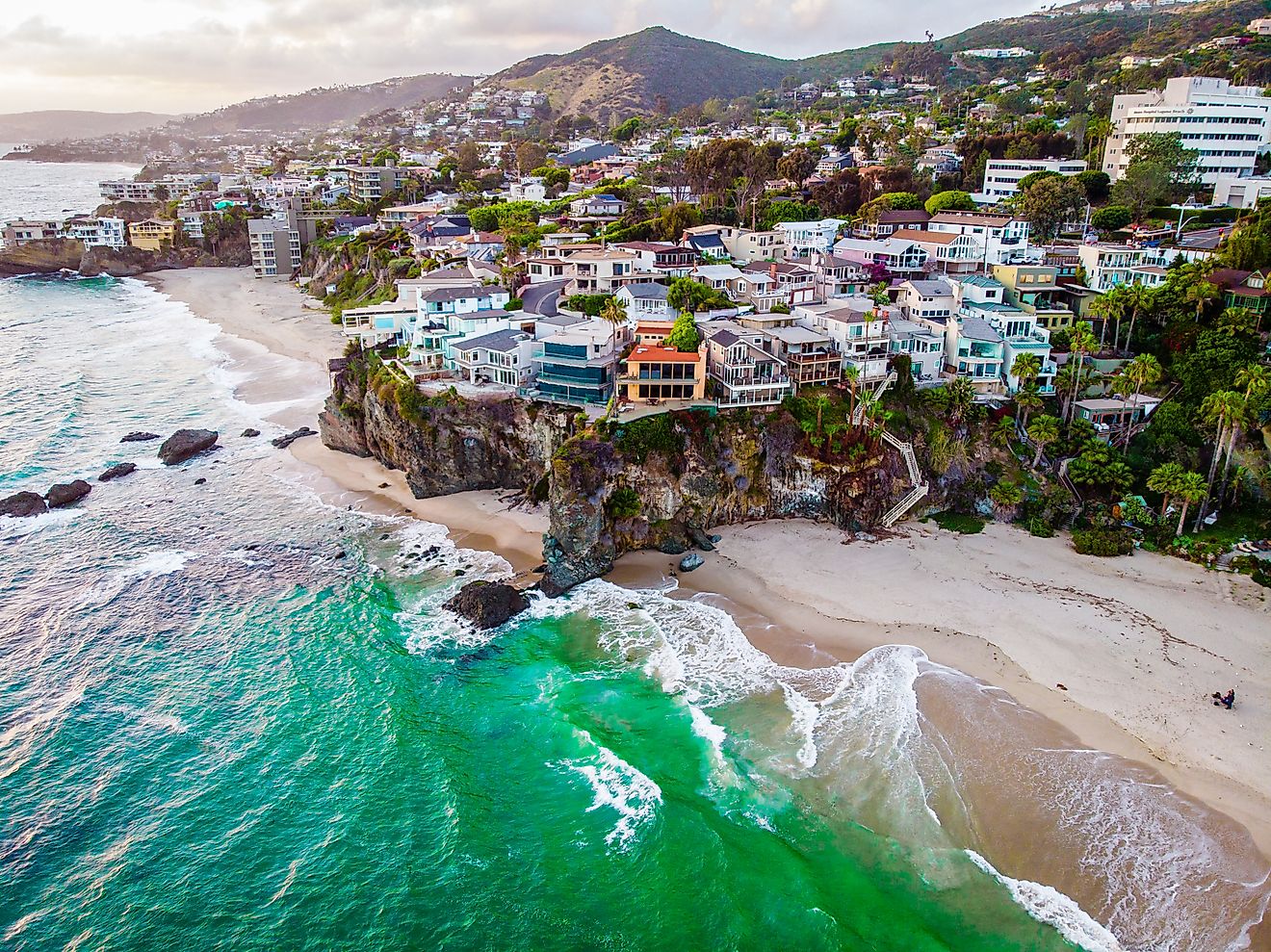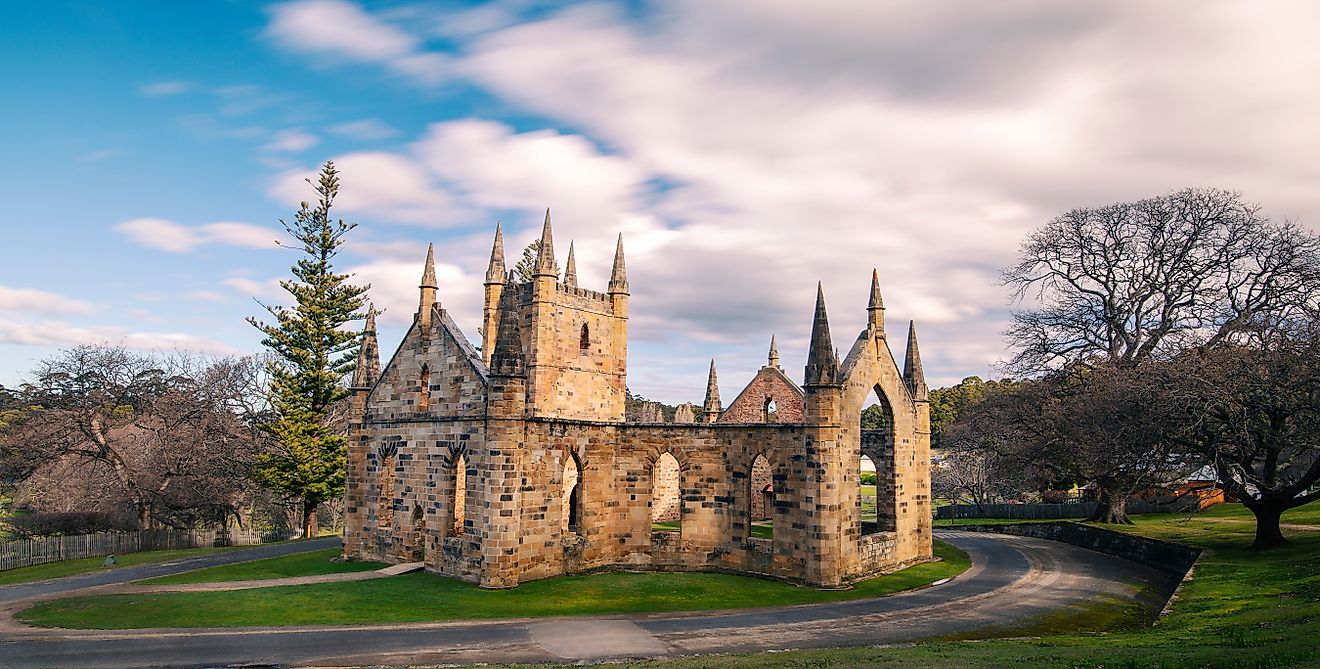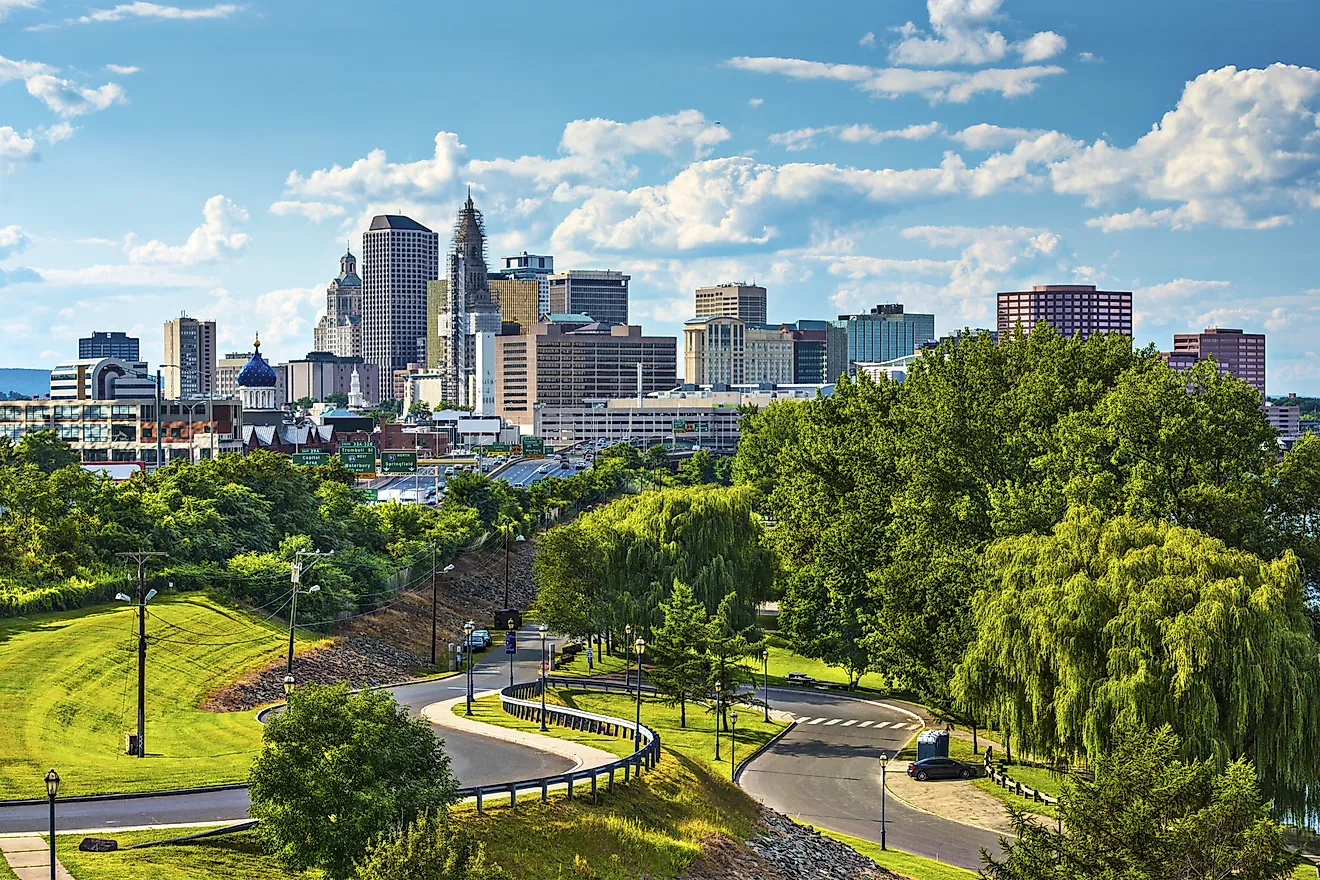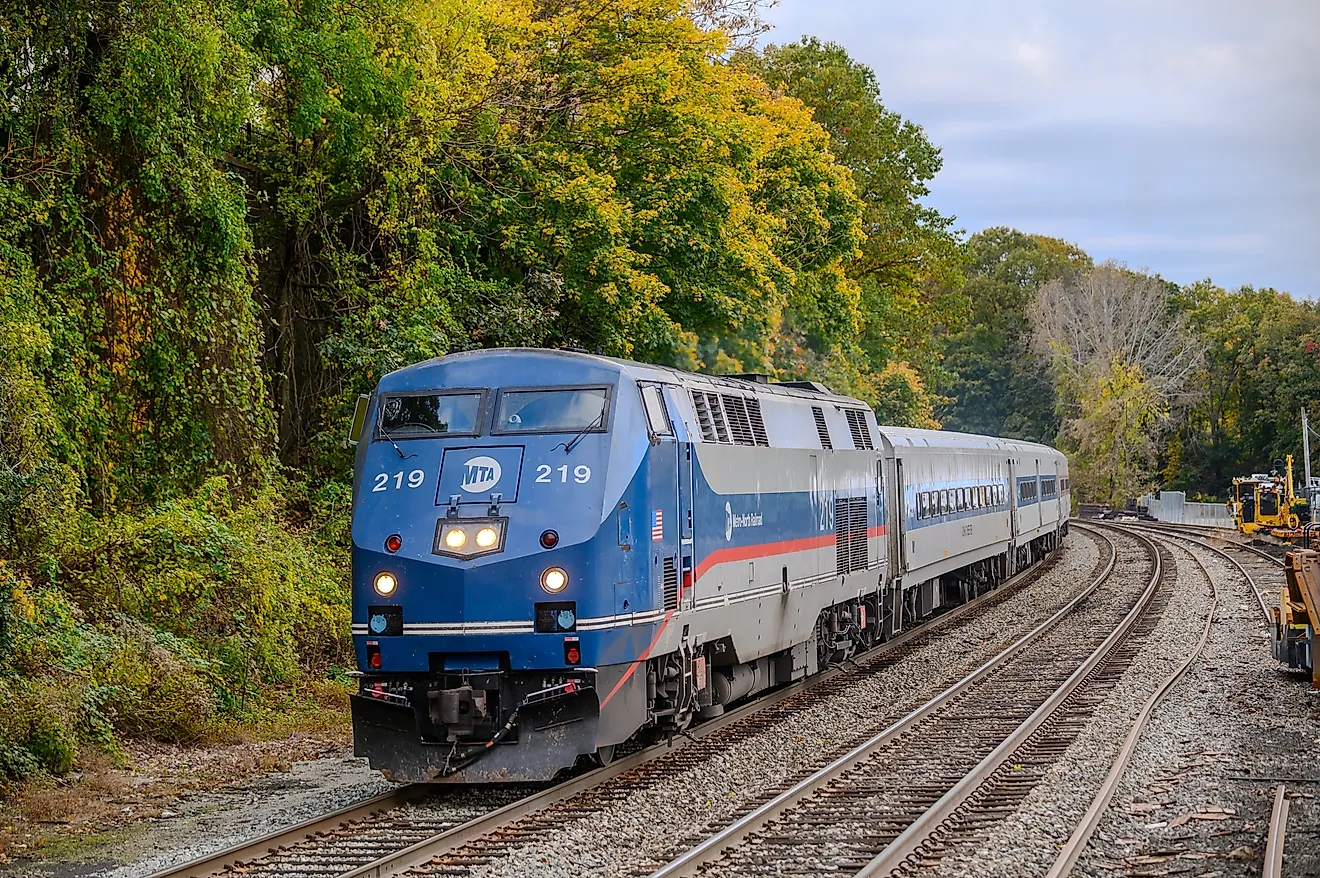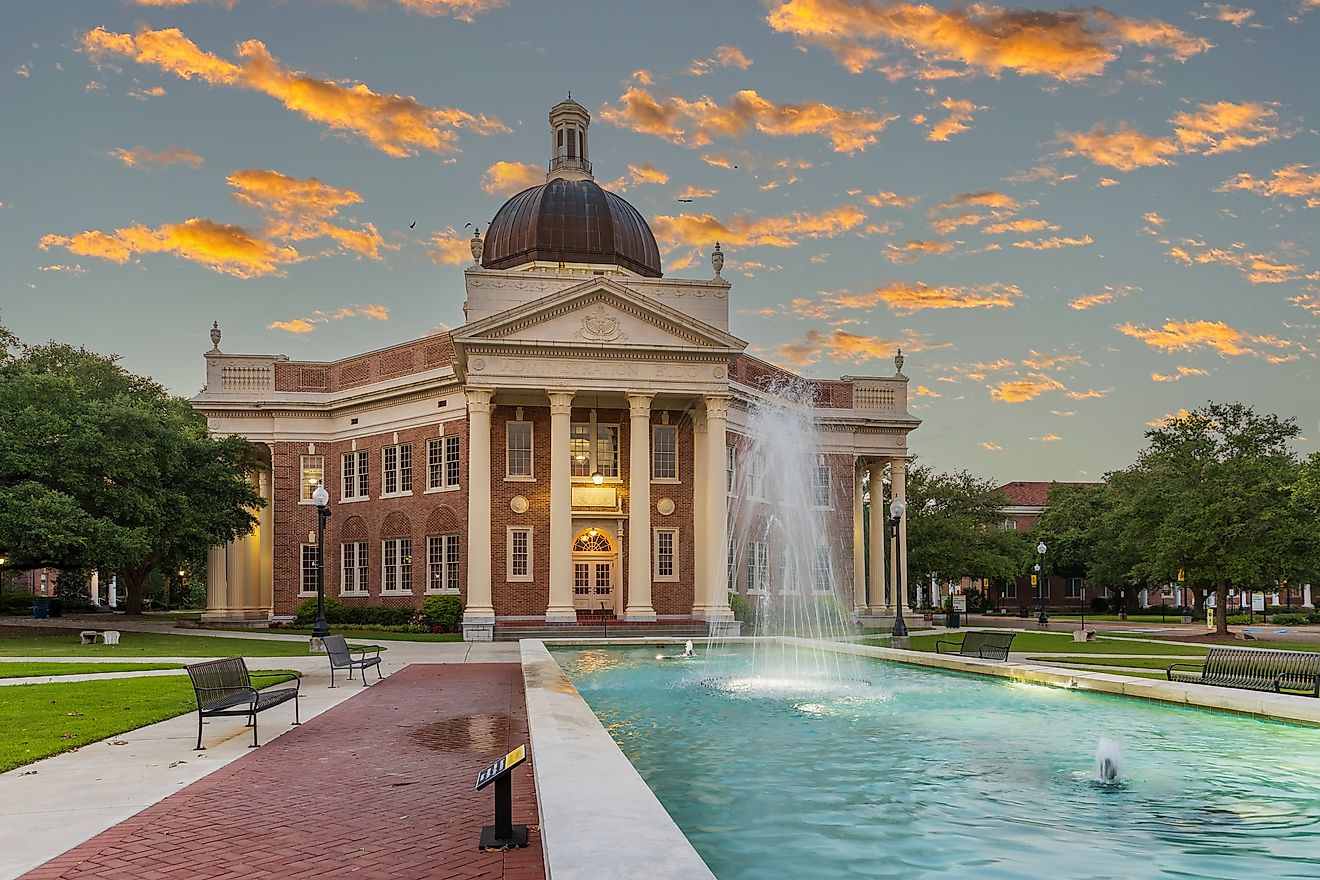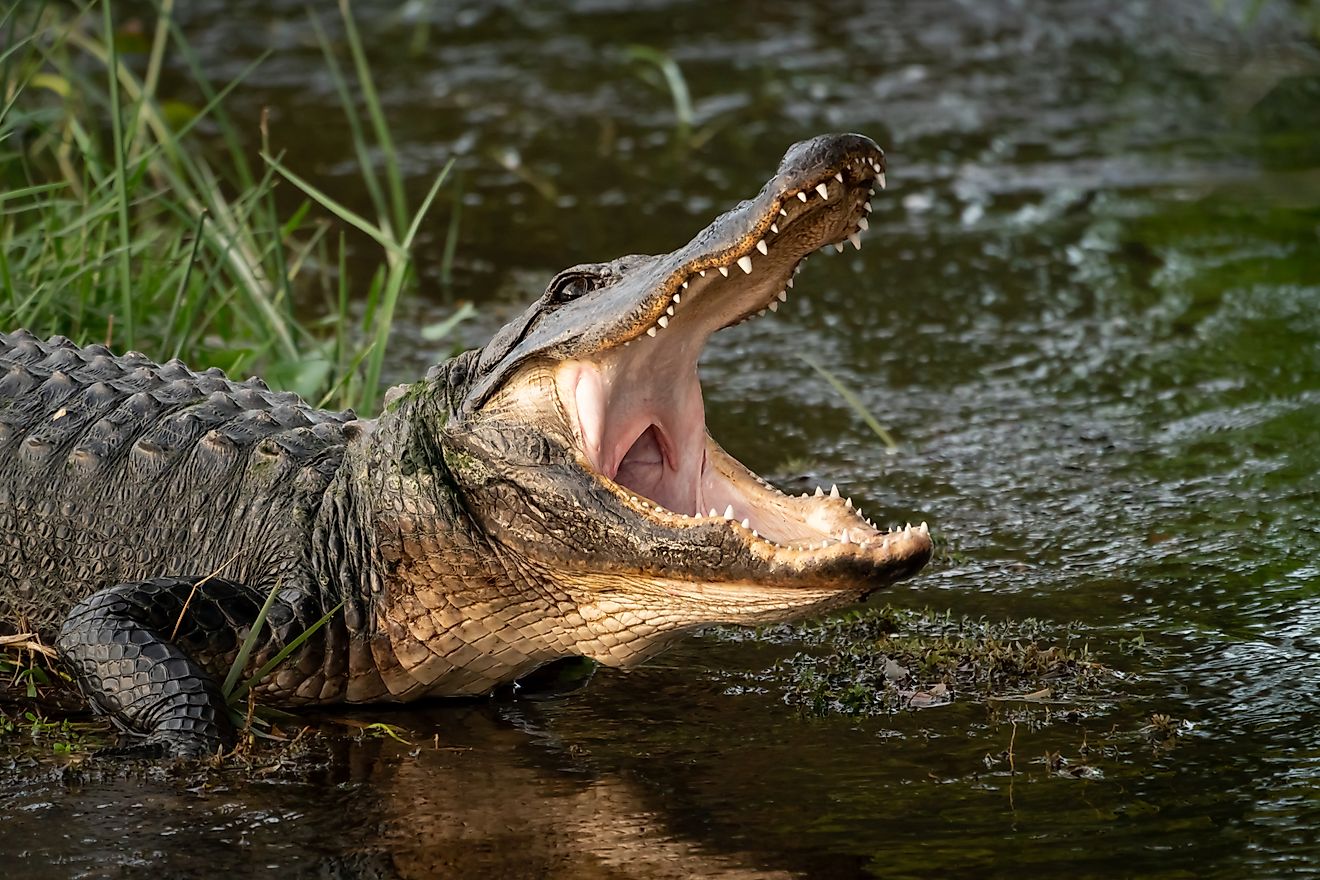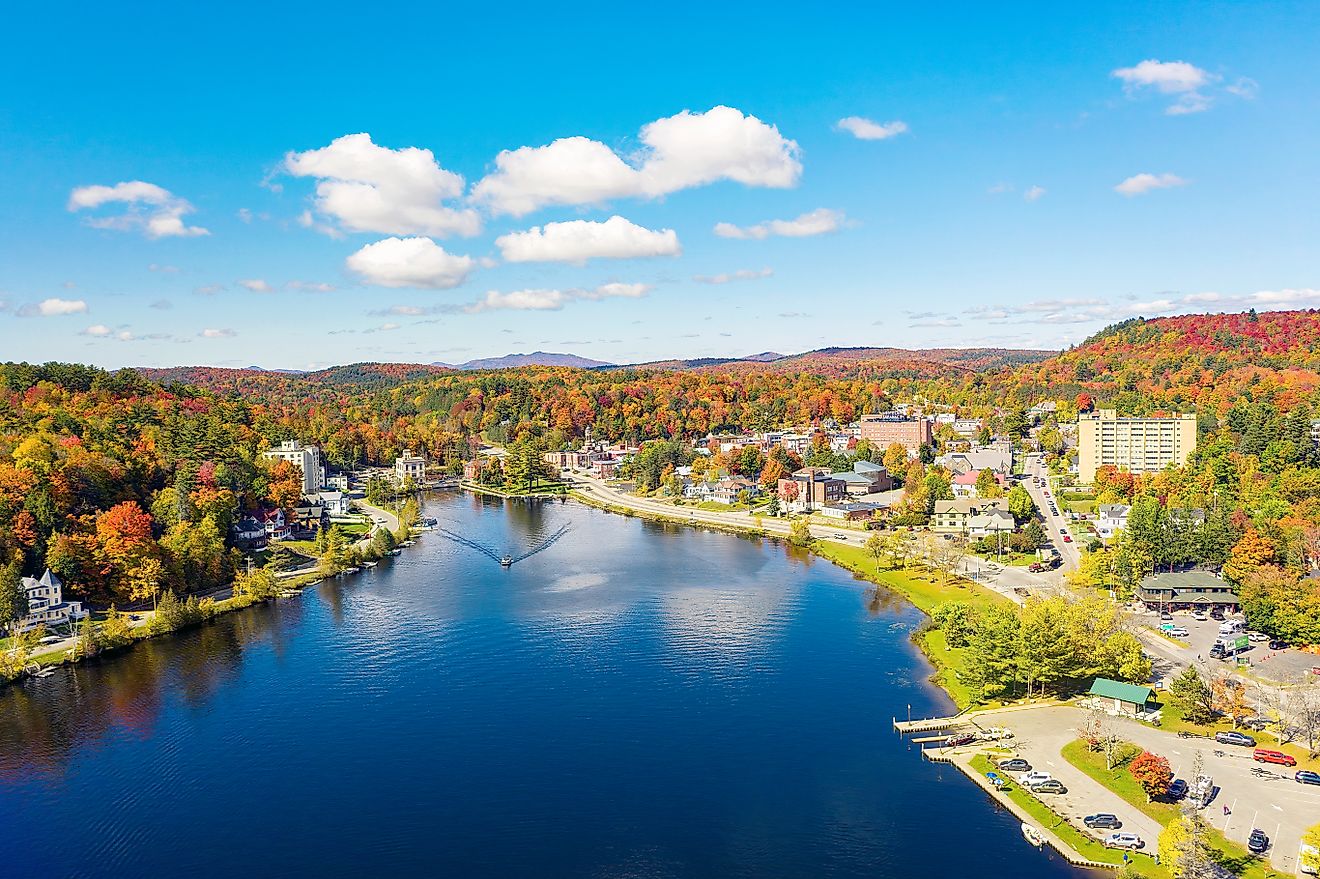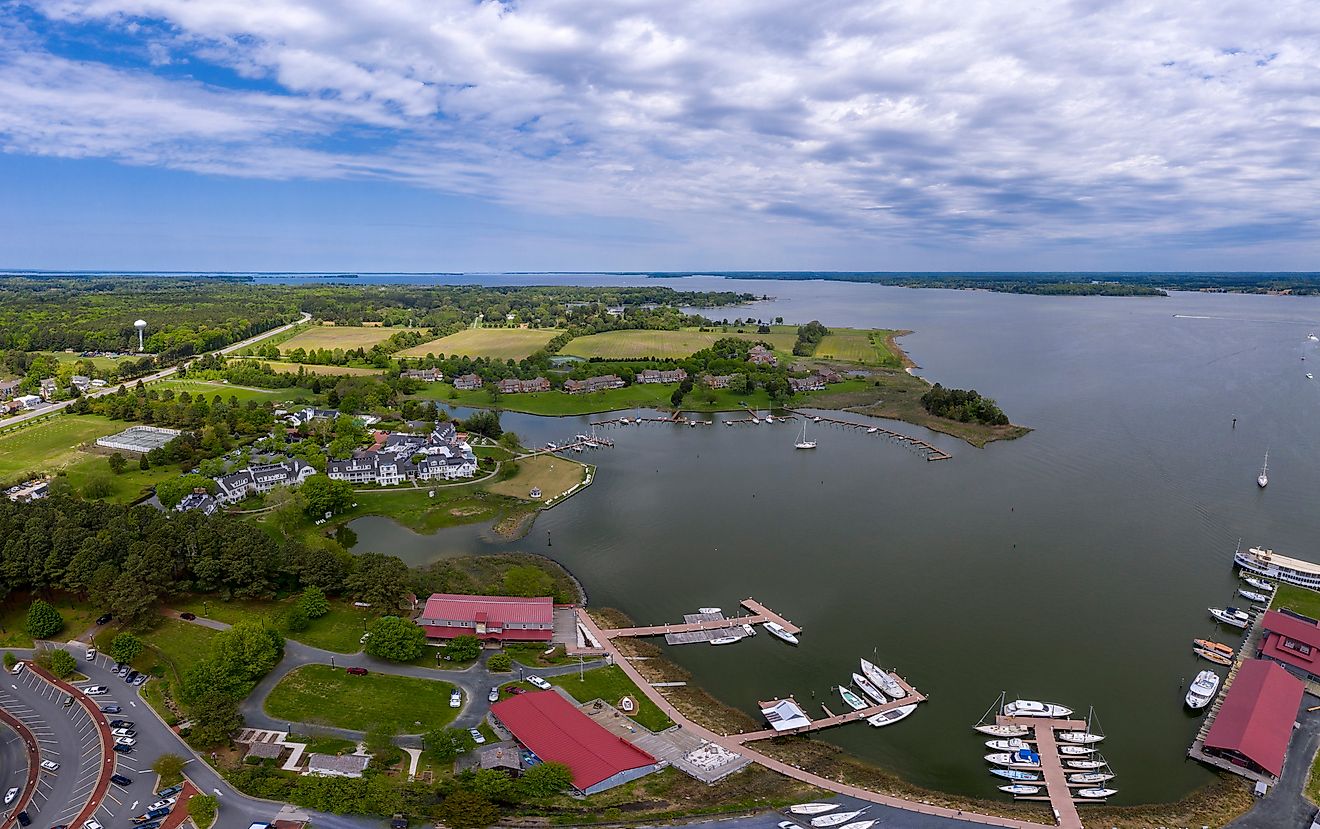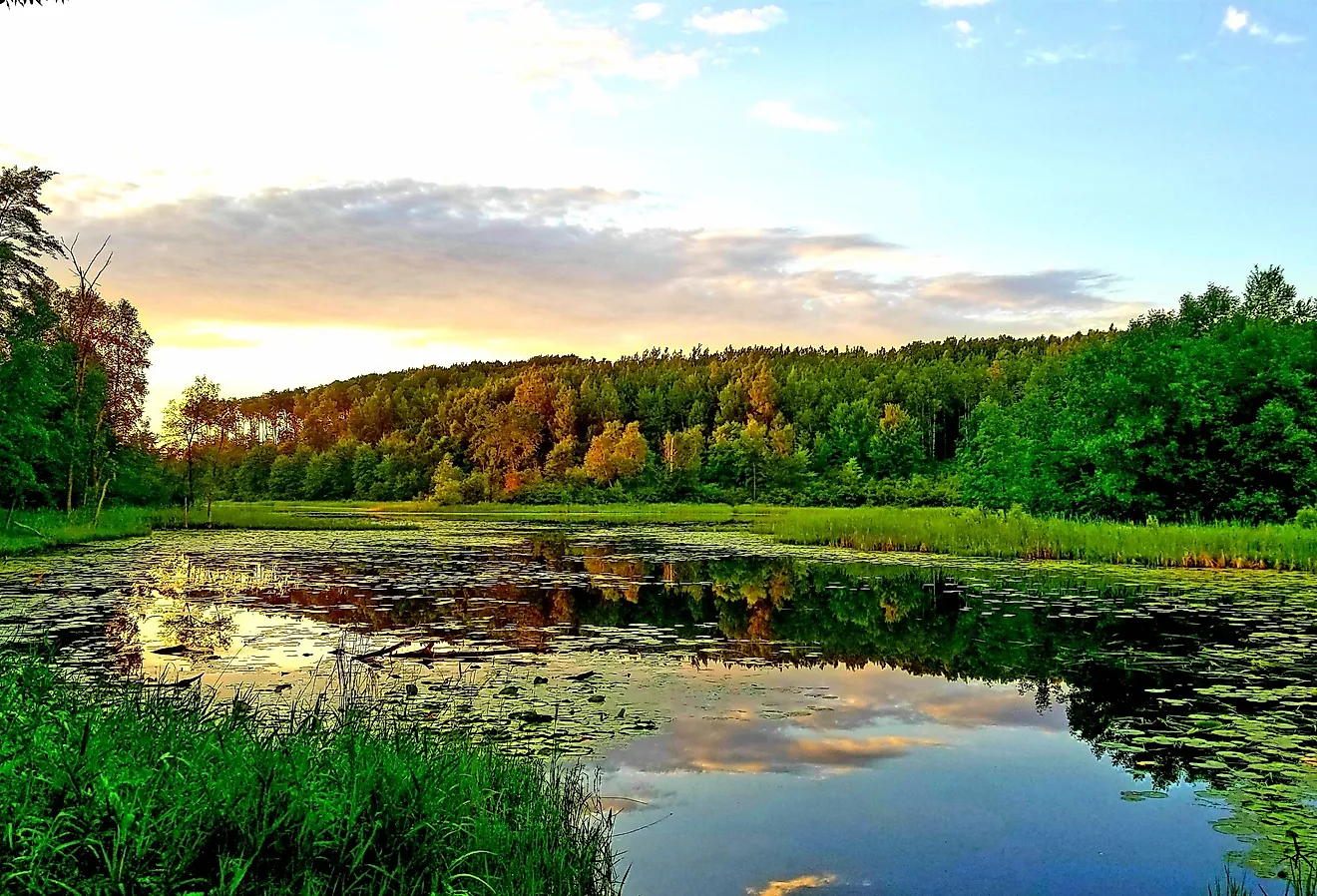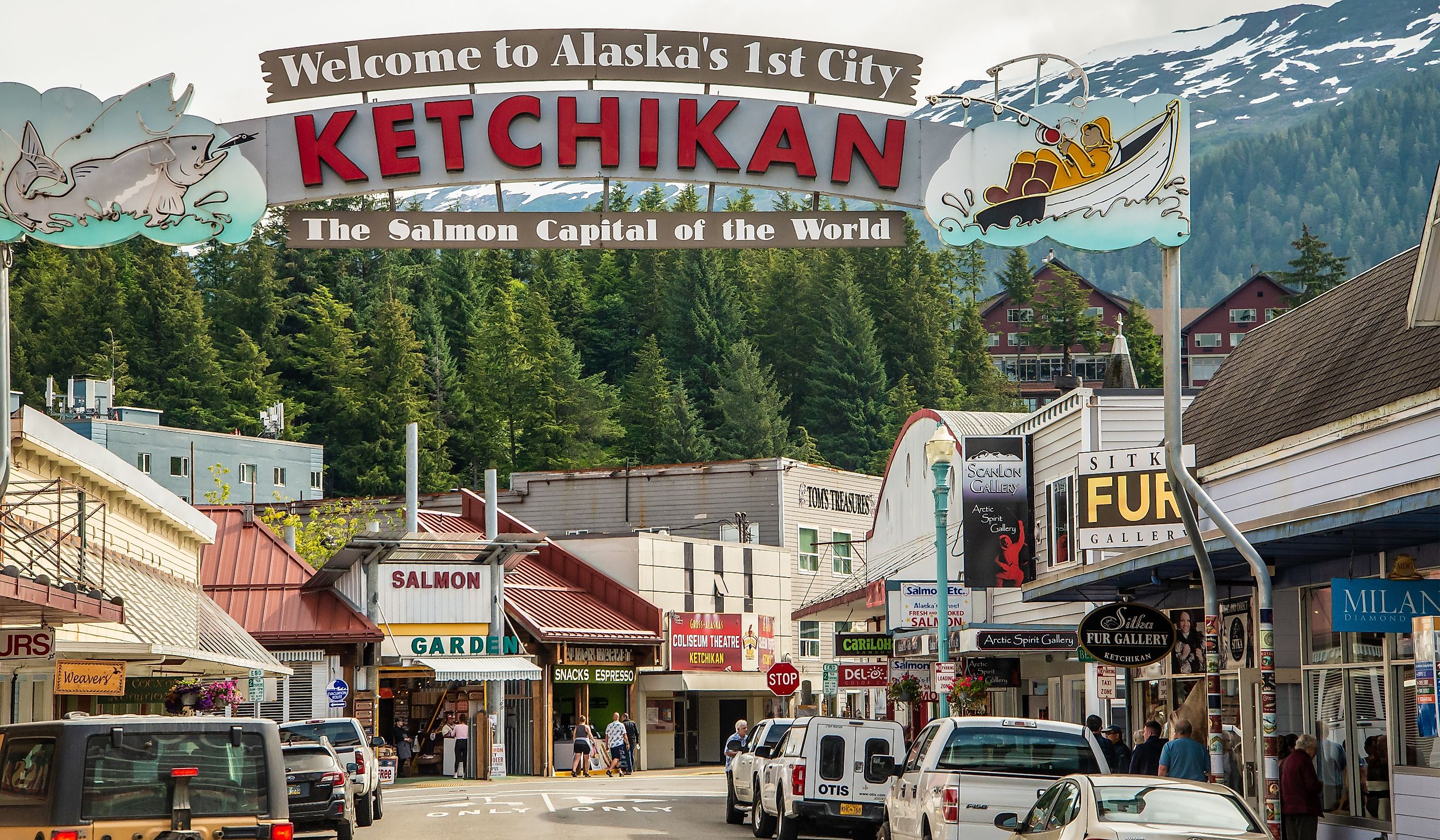
12 Serene Alaska Towns For A Weekend Retreat
If you’re looking for solitude and serenity, the Last Frontier should be your first choice. No U.S. state is richer in natural beauty, and though the natural world of the north is ferocious, its man-made retreats are some of the most peaceful places you could hope to spend a weekend. Invest a little time in making your way up north and you’ll find the escape you’ve been looking for - and then some.
Cordova
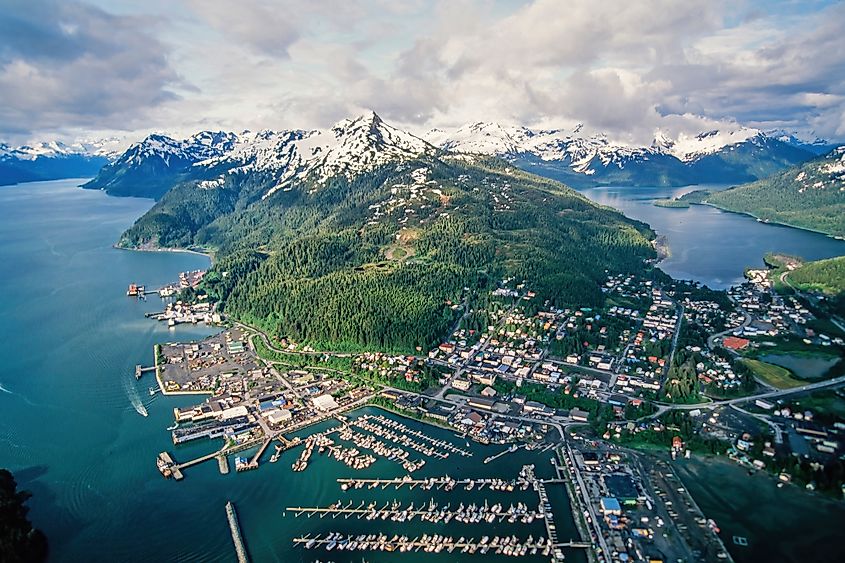
Many of Alaska’s best small towns for a tranquil retreat aren’t accessible by road, and Cordova is one: you’ll need to catch a short flight from Anchorage or a six-hour ferry from Whittier to visit. Once there, the scenery might be a little unexpected: rather than the arctic tundra or towering mountains we all associated with rural Alaska, Cordova is situated in a valley of temperate rainforest.
Though its scenery makes Cordova stand out, its beating heart is its salmon fishery. If you’re an angler eager for the world-famous salmon fishing Alaska is famous for, Cordova and its nearby Copper River are the place to be. Far from a tourist town, this working-class fishing village of about 2,400 celebrates its salmon in the annual Copper River Salmon Jam every July.
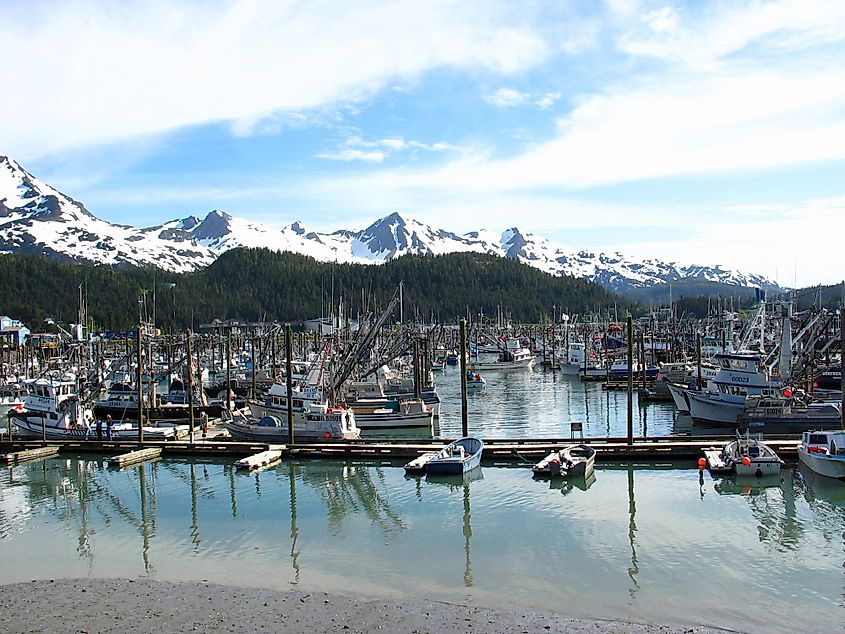
There’s much more to this unsung gem than fish, though. The Copper River Highway offers easier opportunities to see glaciers than you’ll find almost anywhere else. It also has a rich history, represented by the Ilanka Cultural Center, an excellent museum dedicated to the cultures of Native Alaskan peoples of the region, and the Cordova Historical Museum, where mining history, the Alaskan oil boom, and the 1989 Exxon Valdez oil spill are only parts of the story of this colorful community. Finally, explore a rare temperate rainforest in Chugach National Forest, a birdwatching hub.
Though small, Cordova punches above its weight in character and attractions. Visitors can get a taste of that character - and those panoramic ocean views - at the Reluctant Fisherman Hotel Inn.
Angoon
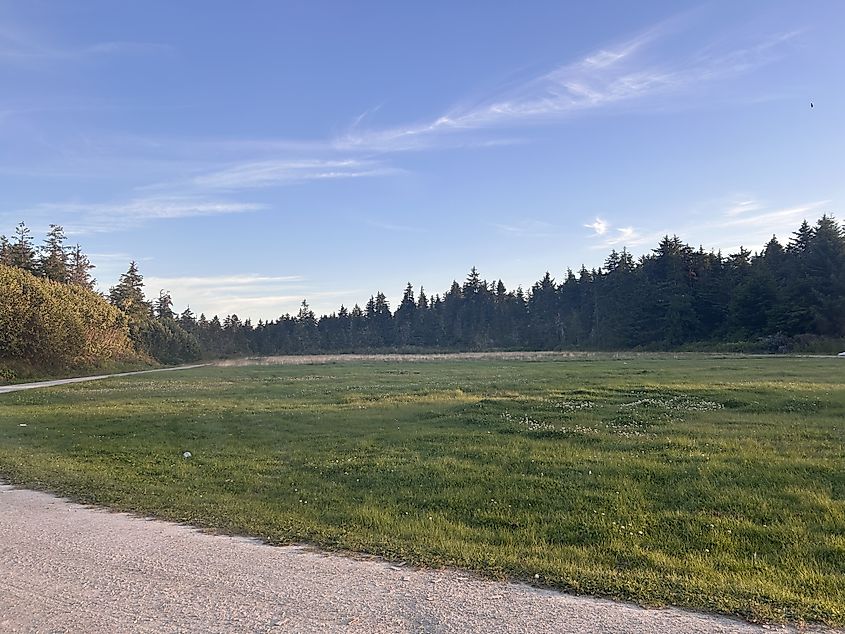
Located in the Tongass National Forest of Alaska’s far-southwestern Inside Passage, Angoon is a tiny village with some pretty impressive claims to fame. It may be a town of 450 permanent residents, but it boasts one of the world’s highest population densities of brown bears. Much of Alaska is richer in wildlife than in human residents, but even then, Angoon is an extreme example!
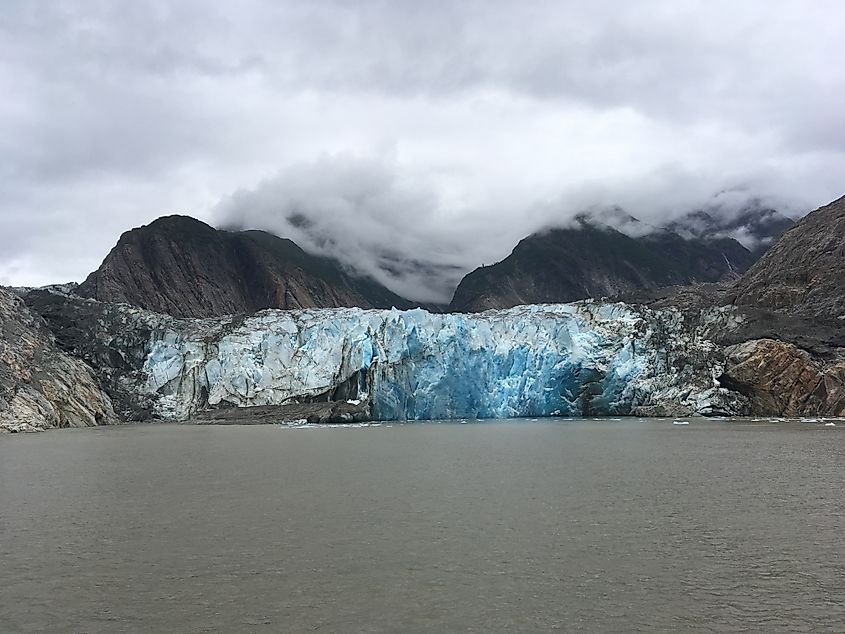
It goes without saying that Angoon is a wildlife hotspot: a trip to the Pack Creek Bear Viewing Area in the summer months all but guarantees brown bear sightings. It’s also a stellar birdwatching destination, with a healthy bald eagle population as a highlight. Anglers will find plentiful sport-fishing opportunities in the region - its unusually sunny weather supports all kinds of outdoor adventures. Finally, gain an appreciation for the rich Native Alaskan Tlingit culture in the region - even a quick walk through town will reveal the persistence of Tlingit cultural heritage through traditional architecture.
Although it’s isolated, reaching Angoon is easy by Alaska standards: just catch an hour-long flight out of nearby Juneau. For lodging, the cozy Favorite Bay Lodge is everything you’d hope for in a remote Alaskan hotel: cozy, bright, and replete with stunning views.
Kenai
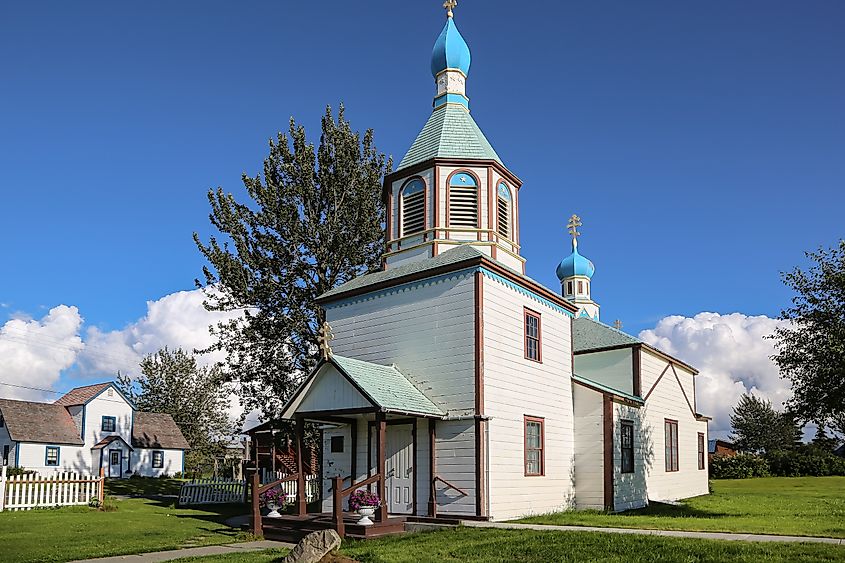
Kenai sees a few more tourists than Angoon or Cordova. But then again, so does the whole Kenai Peninsula: in addition to its namesake Kenai National Park, it’s one of Alaska’s best places to watch bears, spot marine mammals, and observe the awe-inspiring annual salmon runs. But you could get those things in any town on the Peninsula - what’s really special about Kenai is its history.
Kenai dates back to the 1700s, when Russian fur traders founded a settlement that persists in the form of the town’s historic Russian Orthodox church. Old Town Kenai attests to that history, but also later industries that shaped the town: Kenai Landing was once a booming cannery.
History isn’t all there is to Kenai, though. A day trip to nearby Kenai Fjords National Park is a must-do, and even within the city limits, you might spot belugas, moose, and caribou. You can even golf, if that’s your thing: name a golf course with better views than the Kenai Golf Course - we’ll wait.
There are a variety of lodging options in Kenai, but the Kenai River Lodge comes highly recommended.
Ketchikan
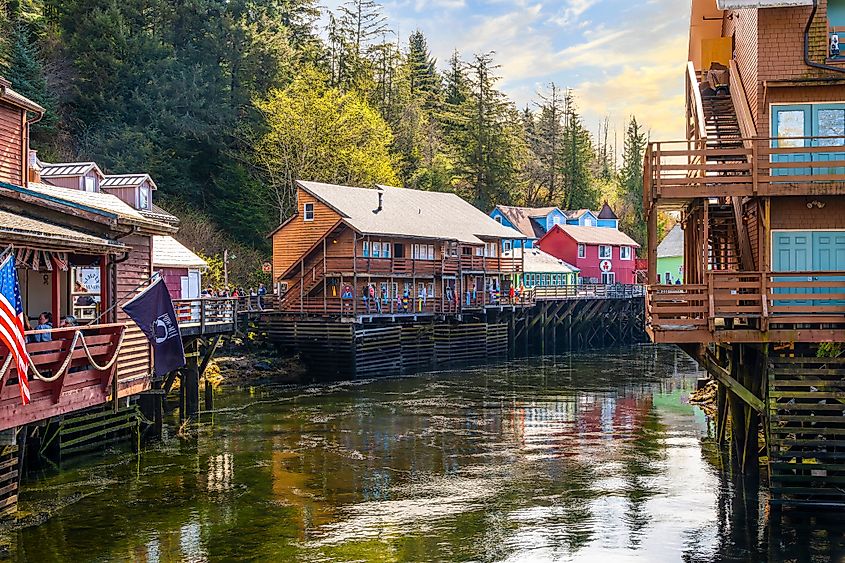
If you’ve ever been on a cruise to Alaska, you’ve probably been to Ketchikan. But don’t let the town’s popularity as a cruise port fool you: this cheerful Inside Passage town is one of the state’s most accessible, relaxing, and rewarding weekend getaways. Time is your enemy in Alaska, where long distances make it difficult to plan an efficient itinerary, but Ketchikan’s compact size and tourist infrastructure are perfectly set up for a quick trip. Once you’ve made it up to Juneau, this logging town is a mere hour away by plane. Salmon Falls Resort is a luxury option for hardcore anglers just outside of town, while The Ketch Inn offers ocean views and laid-back Alaskan hospitality.
Unlike much of Alaska’s wild north, Ketchikan is located in a region of temperate rainforest. Its lush natural environment has lent itself to logging and fishing over the centuries, and it’s reflected in many of the town’s best things to do. As in most of Alaska, it’s possible to fish for salmon, watch migrating humpback whales in the summer, and even snorkel. (It takes guts to get in that freezing water, but we’ll leave that choice up to you!) A float plane will take you to the expansive nearby Misty Fjords National Monument, a lush basin where the area’s scenery and wildlife are both at their best.
If culture is more your speed, check out the Saxman Totem Park, Totem Bight State Historic Park, or Totem Heritage Center to learn about the artistic traditions of the local Tlingit people and their iconic totem poles. Creek Street, once the town's red-light district, is now a charming waterside boardwalk whose timber-fronted businesses are endlessly photogenic. Man-made scenery isn’t usually one of Alaska’s highlights, but in Ketchikan, it’s impossible not to be charmed by the townscape.
King Salmon
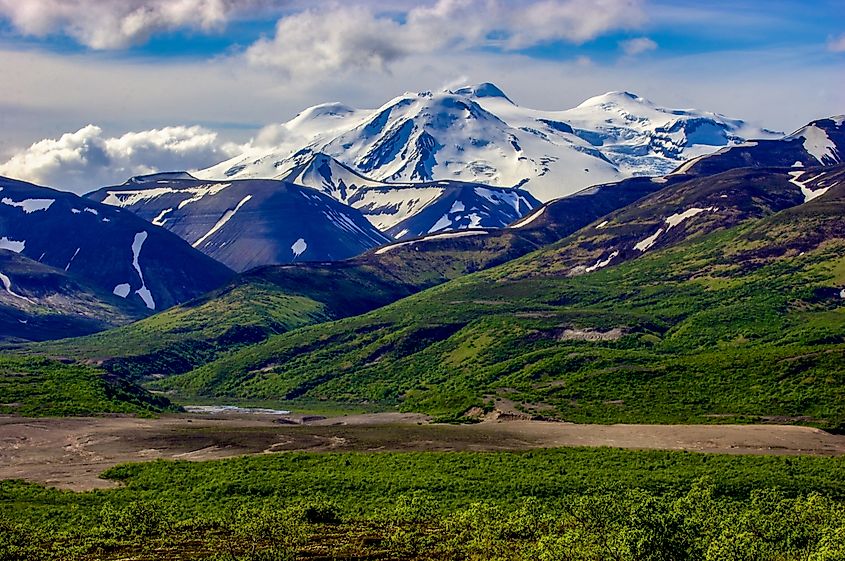
Much of Alaska’s natural beauty is simply too remote to be enjoyable in a weekend: it would take too long to get there! But there’s a happy middle ground between endless trekking and tourist-trail crowds in King Salmon. Catch an hour-long flight out of Anchorage, and you’ll have access to some of the best wildlife viewing in the state. In town, make The Suites at King Salmon your base - but prepare to go much further afield to see the best King Salmon has to offer.
King Salmon is most known for its proximity to Katmai National Park. Ever seen those pictures of bears waiting at the top of a waterfall for an unsuspecting salmon to leap into their jaws? They most likely came from Brooks Falls, an absolute must-visit for bear watching if you’re in King Salmon during the summer salmon run. Be sure to hit the otherworldly Valley of 10,000 Smokes if you’re visiting Katmai - a 1912 volcanic eruption rendered the landscape practically martian, and there’s nothing quite like it anywhere else. Or you can be like the bears and do your own fishing in the Naknek River. If that’s not your thing either, charter a float plane to see the walrus colony at Cape Seniavin.
Nome
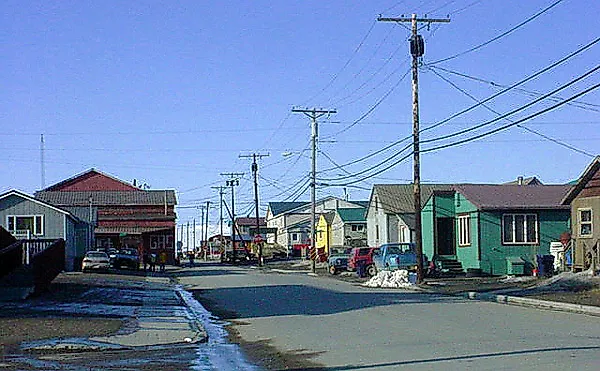
There are plenty of things to like about this town, but only one of them managed to catapult a remote Arctic outpost to worldwide fame: dogsledding. In the world of elite mushing, all roads lead to Nome.
It’s the Iditarod Trail Sled Dog Race that keeps Nome on the map, beginning in Anchorage and ending in Nome every March. It’s an iconic Alaskan tradition paying homage to some of Nome’s proudest local lore - if you know where Nome is, it’s more than likely because you watched the animated feature film Balto as a kid. But Nome actually began with a bang when gold was discovered in the area at the turn of the 20th century. It’s declined a little in size since its time as a gold-mining boom town, but it’s no less rewarding to visit for that.
If you want to brave the winter chill, the two weeks of festivities surrounding the Iditarod are a once-in-a-lifetime experience. If you’re not ready to brave the arctic tundra in winter, Nome is a great base for summer explorations, too. It’s one of the few major settlements where you can reliably spot musk oxen - the popular Anvil Mountain hiking trail is a good spot. The Carrie M. McLain Memorial Museum is a great place to learn about Nome’s gold rush history. And be sure to set aside a day for road tripping: Nome is one of the best road-accessible bases for exploring the Alaskan Arctic.
Logistically, Nome is remote but not inaccessible. A 90-minute flight from Anchorage will do the trick, and once in town, you’ll get your pick between three hotels and eleven B&Bs.
Pelican
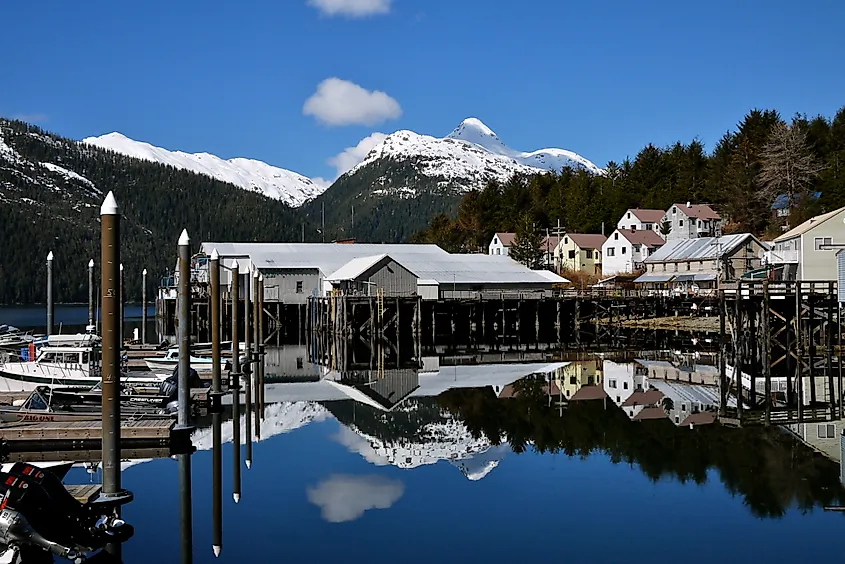
Like so many other Alaskan towns, Pelican began as a cannery town capitalizing on the region’s abundant salmon. Unlike many other Alaskan towns, salmon remain at the core of Pelican’s identity today: the town’s motto is, as it always has been, “closest to the fish.” If that’s where you want to be, catch a short flight from Juneau.
Pelican is one of the smallest towns on this list, with under 100 year-round residents (though the population explodes during salmon season). There’s not much to this sleepy, 1940s-vintage town ringed by mountains, but its surroundings boast plenty of ways to fill a weekend.
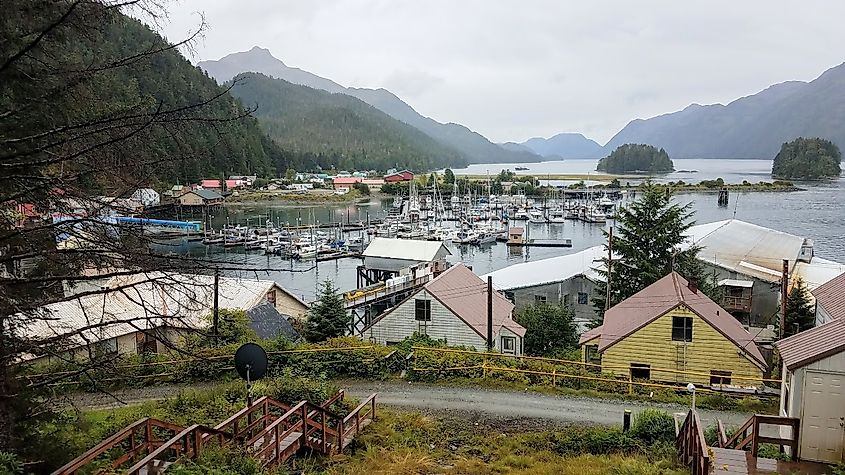
Sportfishing is the big-ticket activity in this decidedly fish-centric town. In the summertime, chartering a fishing trip all but guarantees excellent returns. Chartering a boat is also a great option for wildlife viewing: there aren’t a ton of tour operators in this tiny outpost, and a private cruise can be tailored to your must-see critters. Or hitch a ride to White Sulphur Hot Springs, a popular place to defrost and relax your tired muscles. If you’re after solitude and serenity, you can’t get much smaller or sleepier than Pelican.
That said, you’ll have to plan carefully if you want to stay in the area. Most local accommodations are all-inclusive fishing lodges for participants in guided fishing tours, although the City of Pelican Bunkhouse Rentals does provide a la carte accommodations. But expect only the best if you’re in Pelican to fish.
Soldotna
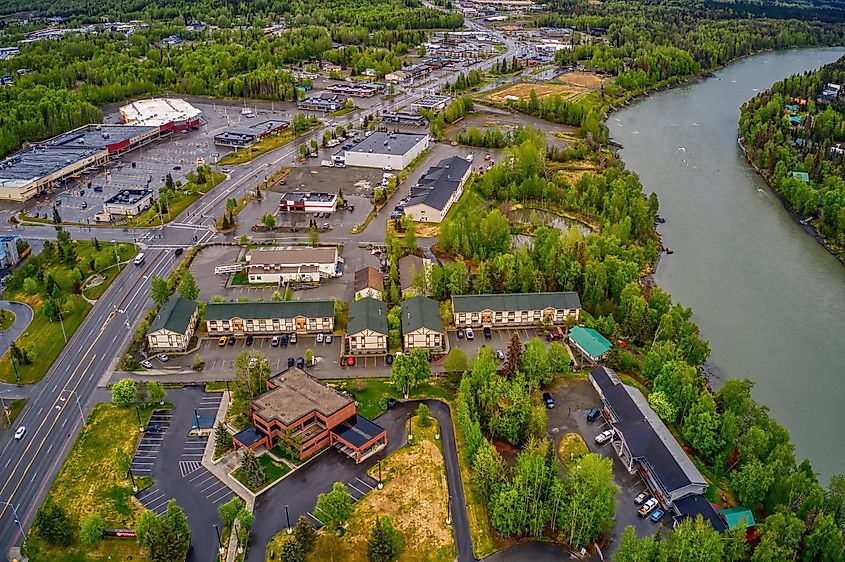
It might come as a surprise to land in an inviting Alaska town that’s accessible by road. Here’s one land-based option: drive a little under three hours out from Anchorage, and you’ll arrive in the Kenai Peninsula hub of Soldotna. It’s about as close to a proper city as you’ll get outside of Anchorage, Fairbanks, and Juneau, with a much wider range of services and accommodation options available than you’ll find in many of these other towns. It may also be the only town on this list you can access by public bus!
While you’ll definitely want to get out into the wilds of the Kenai Peninsula while in Soldotna, there’s plenty to do in town, too. The Homestead Museum details the town’s origins with exhibits and original buildings. There’s plenty of easy in-town access to the Kenai River for easy fishing, and boardwalks along the river offer great views of the salmon run even for those who aren’t keen on casting a line. Flightseeing tours will get you closer to bears, glaciers, and more. The nearby Kenai National Wildlife Refuge is a great place for hiking, biking, and wildlife viewing. Or, closer to the center of town, enjoy a relaxing afternoon in Soldotna Creek Park.
Sterling
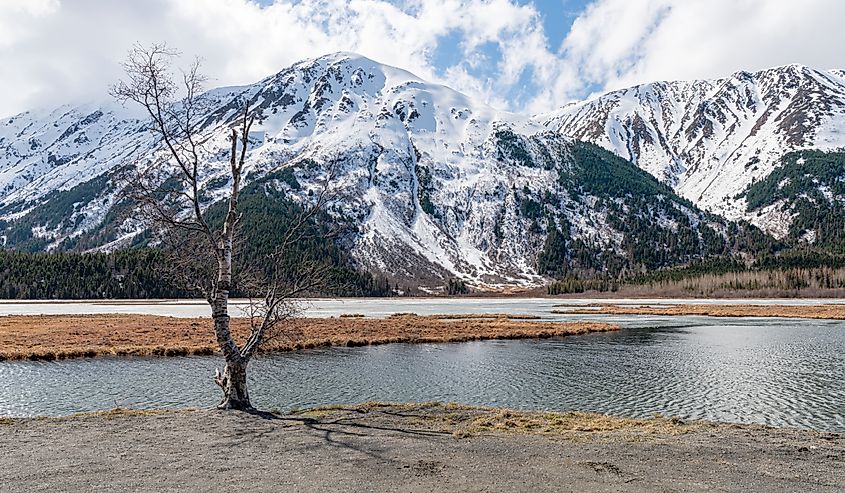
Sterling is so close to nearby Soldotna that you could visit both in a single weekend, but it makes a worthy destination of its own. It’s most famous for canoeing, with the scenic Swan Lake and Swanson River Canoe Routes offering watersports enthusiasts some of the most pristine and beautiful paddling trips you’ll find anywhere. Fishing, of course, is also a highlight in this riverside town. A beautiful place to camp, Sterling is a prime destination for anyone who wants an outdoor adventure without spending their entire weekend behind the wheel.
If you do want to take a road trip, though, Sterling is located along the scenic Sterling Highway. The scenery alone would make this 142-mile highway excellent road-trip fodder, but it’s also known for its easy access to prime fishing sites.
While Sterling does offer a handful of accommodation options, do note that there’s a better variety and more rooms available in nearby Soldotna.
Unalaska
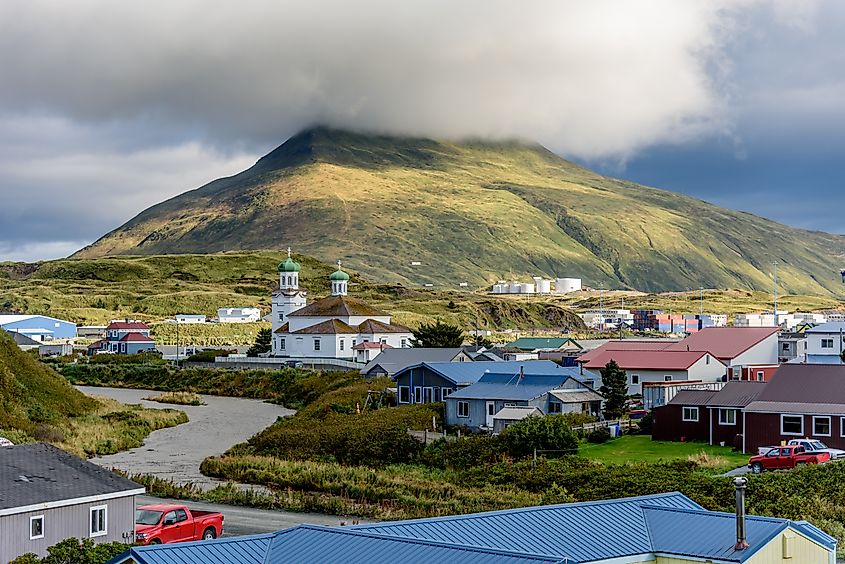
This is as wild as Alaska gets. The Aleutian Islands stretch so far out into the Northern Pacific that many of them, including Unalaska, are closer to Russia than the continental U.S. It’s out in the absolute middle of nowhere, you’ll have to fly four hours from Anchorage to reach it, and weather is unpredictable - it’s definitely not a weekend destination to pick if you have a mandatory meeting at work first thing on Monday morning. (We’d save this one for a long weekend.) But if you’re willing to brave all of that, you’ll wind up in one of the most interesting places in Alaska.
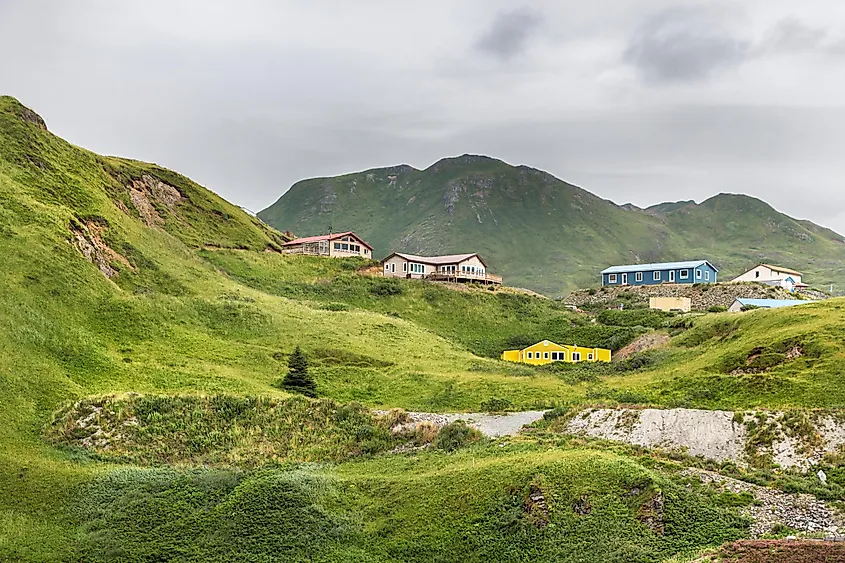
Unalaska has been inhabited by the Unangan people for millennia, and later became home to a thriving Russian fur trade. During World War II, the nearby site of Dutch Harbor was the only site on the North American mainland to be bombed, and visitors can learn about its wartime history at the Aleutian World War II National Historic Site and Museum of the Aleutians. These days, Unalaska is best known for the hit Discovery Channel show Deadliest Catch, which chronicles the lives of crab fishermen in the Bering Sea; fans of the show can spot some of the very same vessels from the show at Carl E. Moses Boat Harbor. Birding is another thing Unalaska does very well: the offshore Baby Islands boast some of the best seabird sightings in the world.
Valdez
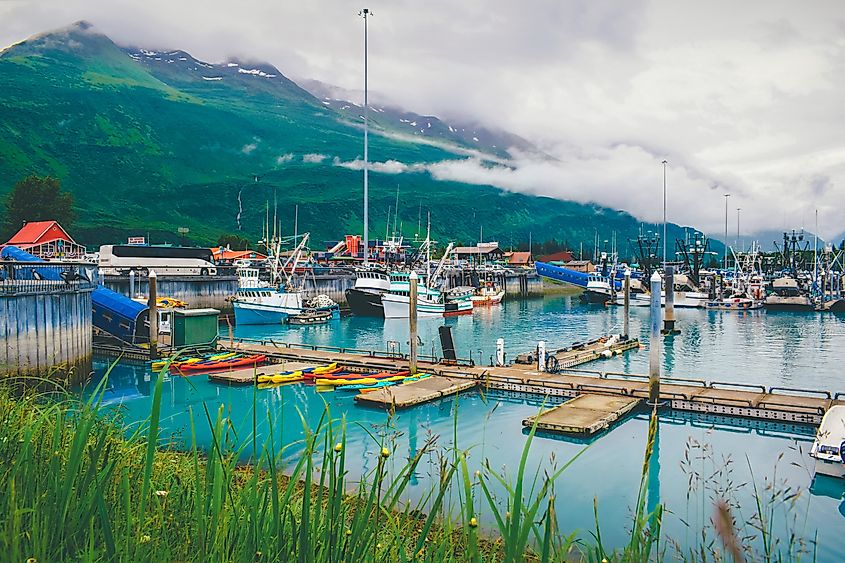
The town of Valdez is, unfortunately, best known for an ecological disaster: the Exxon-Valdez oil spill in 1989. It’s had a run of bad luck, first shaken apart by the second-strongest earthquake in recorded history in 1964, and then devastated by the oil spill twenty-five years later. But Valdez is much more than its tragic history, and an hour’s flight from Anchorage will take you right into one of Alaska’s best-kept secrets.
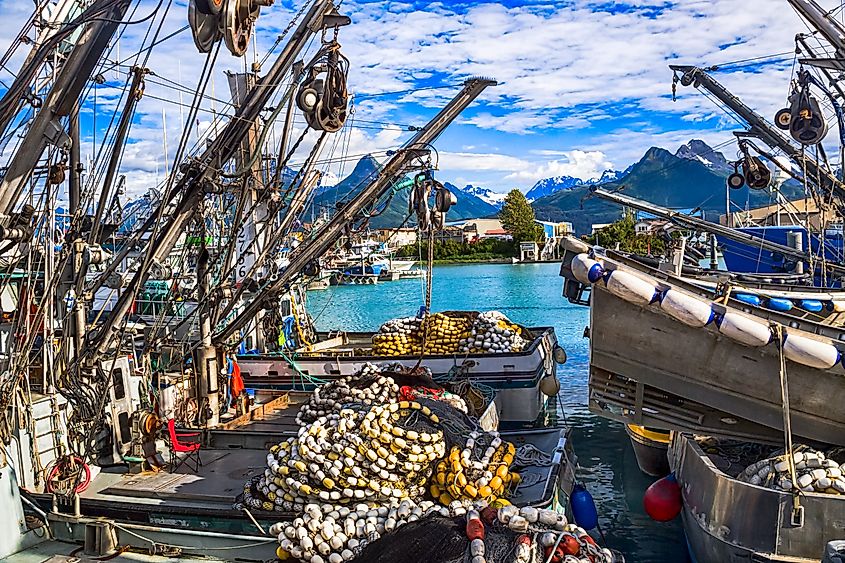
Glacier viewing is a popular Valdez activity: located at the northern end of the Prince William Sound, it’s the perfect location for accessing some of the state’s best-known glaciers. A sightseeing cruise is your best bet, but you can also kayak among the glaciers if you’re feeling adventurous. It’s also a great winter sports spot for fans of such extreme sports as heli-skiing, ice-climbing, and snowmobiling. In the summer, a hike along the Homestead Trail will offer salmon sightings, and the Trail of ‘98 hiking circuit loops past relics of Valdez’s Gold Rush history.
Though Valdez remains an unsung Alaskan destination, its tourist infrastructure is good, and accommodation options are plentiful. Take your pick amongst hotels, campgrounds, B&Bs, and all-inclusive lodges.
Yakutat
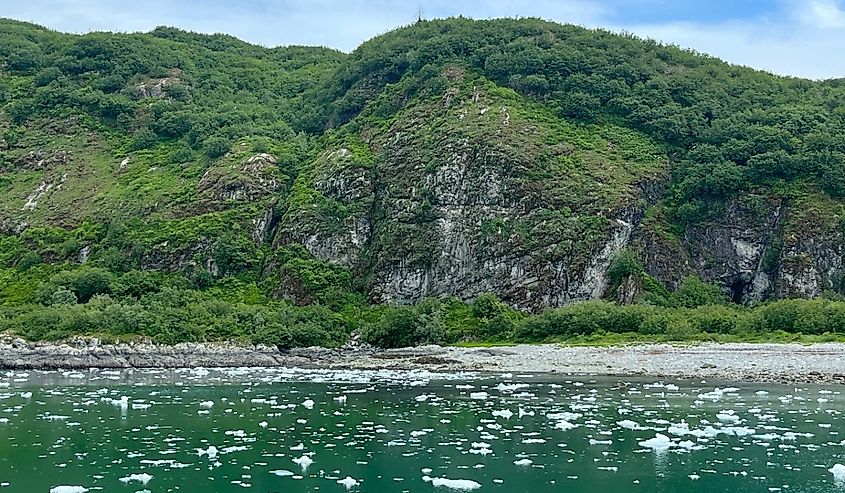
Alaska’s scale and grandeur are impressive no matter where you are, but Yakutat feels like a true wilderness in a way few other towns on this list do. The scale of the mountains, ice sheets, and glaciers surrounding Yakutat is difficult to comprehend just by looking at a photo, and it would be easy to believe the town was a little bit inhospitable. That couldn’t be more wrong.
Mountaineers flock to the area to try their hand at Mt. Logan, the second-highest peak in the United States, and the especially picturesque Mt. Saint Elias. Its rich history is also worth exploring: Yakutat has been a Tlingit village, a Russian trading post, a fish-and-timber industrial town, and a WWII-era airfield. The remains of the defunct Yakutat and Southern Railroad pay homage to that history, and the area’s Tlingit clans maintain their deep cultural ties to the town through the traditional dance performances of the St. Elias Dancers. It’s also a short sightseeing flight to the Hubbard Glacier, the longest tidewater glacier in the state.
To access Yakutat, catch a 2.5-hour flight from Anchorage. The town’s accommodations are primarily cabin-style, but the Yakutat Lodge serves travelers seeking a more serviced hotel-style experience.
Alaska is a land of extremes, and it might seem daunting to try to chip away at it in a single weekend. But there are plenty of small towns in this sprawling state that offer unforgettable weekend adventures. If you’re willing to make your way up north, there’s no shortage of solitude, serenity, or awe-inspiring scenery to discover.
